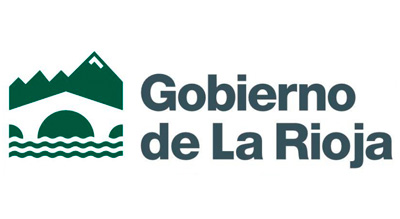Préjano Greenway
History of the Railway

The railway from Calahorra to Arnedillo had a rather eventful history. At the beginning of the 190s, the Cidacos region began to experience a process of industrialization that, added to the richness of its fertile plans and its mines located on the valley slopes, made it a very attractive option for creating a metre-gauge railway to transport all of its products.
Thefore, in 1920, the Sociedad de Ferrocarriles Eléctricos obtained the concession of a line from Calahorra to Préjano. To reach the coal deposits in the Préjano hills, the ore from the mines would reach that station via a branch of an even narrower (60 cm), 5-kilometre-long mining track, thereafter being transferred to metric gauge wagons before descending to Calahorra.
The section as far as Préjano as well as the mining branch were opened in 1924, although two years earlier the first trains had already arrived in Autol, in the agricultural heart of the valley. Despite the name of the concessionaire company, the railway was never electrified, although a project was presented to that end. Due to difficulties experienced by the concessionaire company, the service was terminated in 1935.
In 1938, in the midst of the Spanish Civil War, the State took over the management of the closed railway and work began to reopen it. Where work did not resume was in the mining branch. It was a modest line to say the least, with only two freight vans and a small petrol locomotive for its mining wagons. Starting in that year, although the mines continued to operate, production (always of poor quality) was brought down in trucks to other destinations.
There were attempts to set up a small power plant at the station, which was in fact built. However, it was dismantled without having burnt anything.
It was in 1942 when the service from Calahorra to Arnedo was reestablished. This served as an incentive to extend the route beyond Préjano. This resulted in the construction of a new section as far as the thermal town of Arnedillo being completed in 1947. However, two decades later, the railway was immersed in a deep crisis. The situation was so serious that FEVE, the company that owned the line at that time, decided to close it in 1966.


